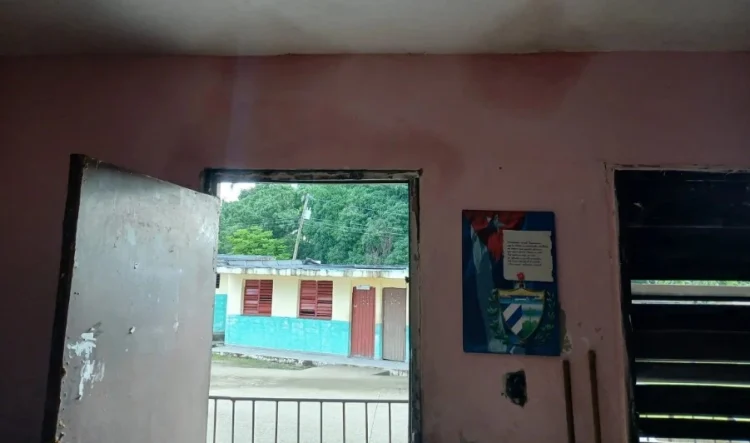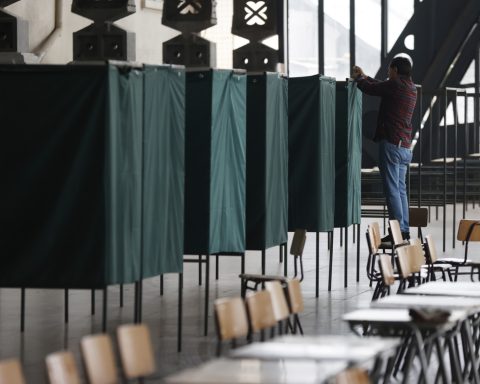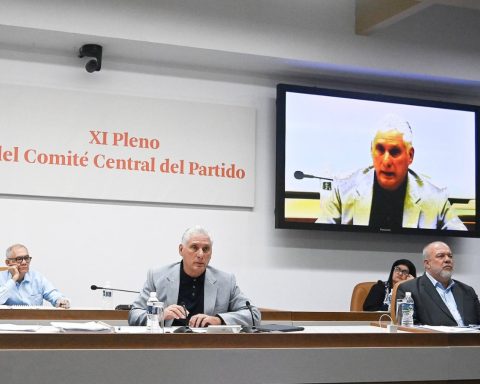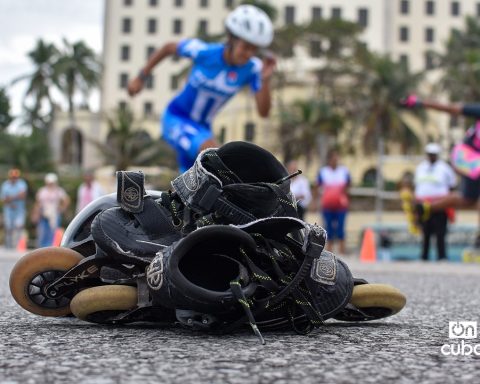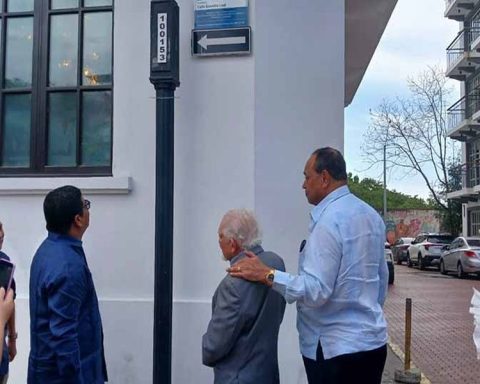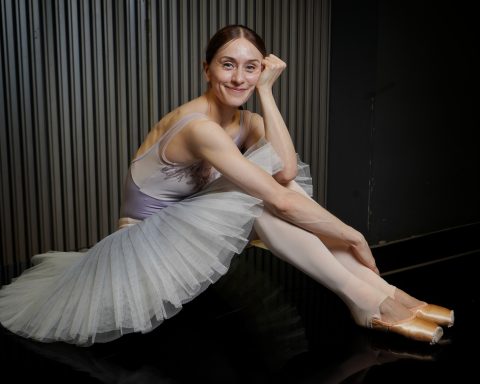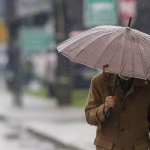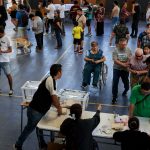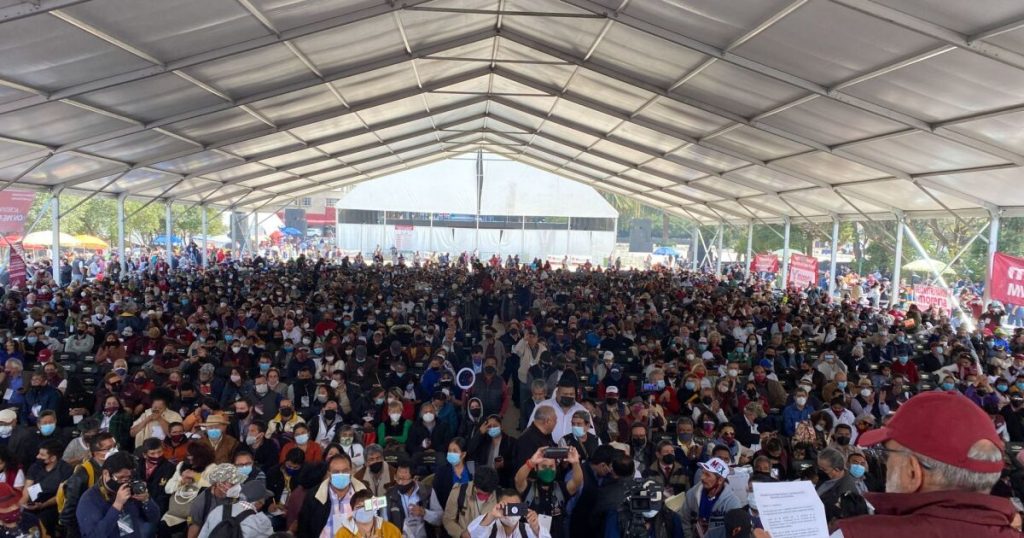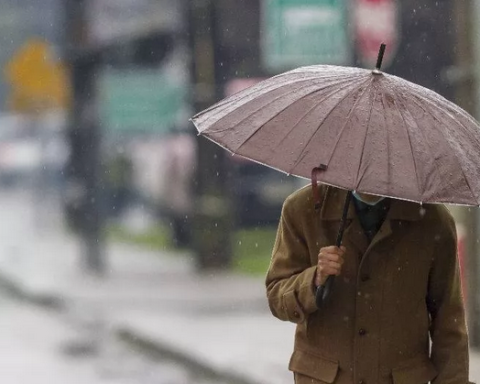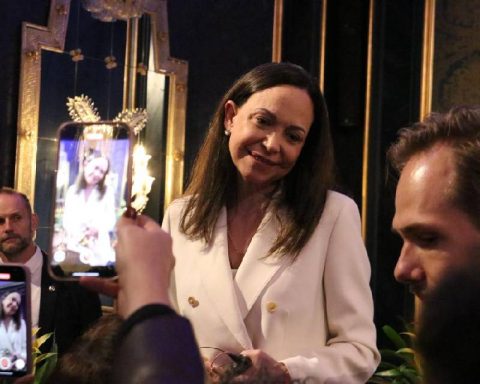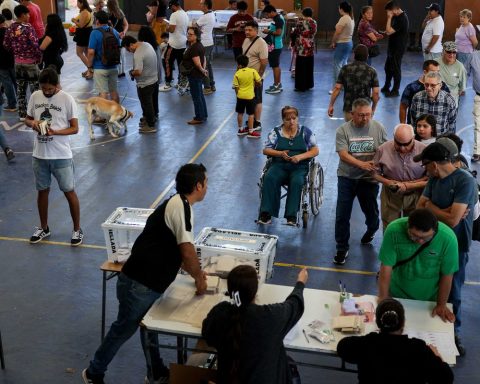HAVANA, Cuba.- In his book about the Diego-Marruz family And they don’t play Strauss waltzes anymore? (Ediciones Matanzas, 2019), its author, Josefina de Diego, daughter of the poet Eliseo Diego, He dedicates a chapter to remembering his school and the teachers he had in his childhood, in the 1950s.
Josefina de Diego studied at the “Escuela Hogar Consuelo Serra” (Consuelo Serra Home School), located in the town of Arroyo Naranjo. There were two schools in the town, one public and one private. Josefina de Diego’s parents and paternal grandmother, who had been teachers, decided that she and her two brothers would study at the private school, which was about five blocks from the house, very close to the town center, where the park, the church and the public school were.
Josefina Diego says that her school was “modest, without luxuries” and that “enrollment fees were reasonable and allowed anyone who wanted to study there to do so, and if they didn’t have the resources to pay, they didn’t pay. There were even opportunities for orphaned children, without resources, hence the word “home” in its name.”
The school was founded by Consuelo Serra, daughter of Rafael Serra, a great friend of Jose Marti. She studied teaching for five years at the Normal College in New York and graduated on June 28, 1905 with a Bachelor of Arts degree, a qualification required in the United States to qualify as a public school teacher. In Cuba, she earned a PhD in Pedagogy and in Philosophy and Letters from the University of Havana in 1916.
Josefina de Diego describes her school like this: “It was a spacious converted house, with a porch, living room, dining room, many rooms, and a large inner courtyard where we studied and played during recess…and a huge backyard… The different rooms had been converted into classrooms, which were always kept clean, painted, with their blackboards and desks always spotless…”
She remembers that the teachers were black and mulatto, most of them professed the Catholic religion, and all of them were graduates of the Normal School of Havana. The only man she saw occasionally was Pedro N. Veranes, widower of Consuelo Serra, a teacher and lawyer, who took over the direction of the school in 1945 when Consuelo died at the age of 61.
She explains: “The school was designed for girls and boys, something not very common in private schools of the time, without discrimination of race, social status, or religious creed. It was a Martian school, where one learned a lot and well, because its teachers were educated and cultured. They educated not only from their knowledge, which was solid, but also and above all, with their example. Now that so much is desired and done to improve the quality of education in Cuba, one should learn from this institution, from its essence and concepts. There was nothing vulgar, or improvised, or disrespectful, or vulgar there. From the way they dressed, behaved, always spoke in a low, friendly, correct tone of voice at all times, they were educating, forming.”
That school ceased to exist in 1961, when all private institutions in the country were nationalized. A few years later it collapsed. There is nothing left there now, just a thick undergrowth.
Josefina de Diego wrote to the Heritage Restoration Centre to have a park built there and a plaque placed in memory of the school. She never received a reply.
I also remember with affection and admiration the teachers of the primary school where I studied, the Colegio Academia Alpízar: its director, Jose Alpizar Blancowho always wore a suit, collar and tie, as well as Marta, Elida Menocal, Ana, Teresita the assistant director, and Rafael Alpízar.
How different from the teachers who came after the triumph of the revolution!
In the 1970s I was an emergent teacher, but I did not continue, as I disagreed with the methods used for preparing classes and the politicized teaching imposed by the study programs.
An Adult Education methodologist, where I worked for a while, told me that emerging teachers were “MOC: Teachers Organized on the Run.” And he was right.
Todayschools are in ruins, and notebooks, pencils and textbooks are in short supply. And so are teachers, who are missing from the classrooms due to the absurd and exhausting demands and low salaries.
The thousands of teachers who studied at the Teacher Training Schools in accordance with Fidel Castro’s grand projects, in most cases, without incentives or a true vocation, have gone on to take up better-paid jobs.
Amidst all the difficulties the country is experiencing, compensating for the lack of teachers with people who have no vocation and who have been hastily trained, instead of providing adequate incentives for those who are teaching to prevent them from leaving, is a mistake that will have repercussions on the education of new generations of Cubans.
